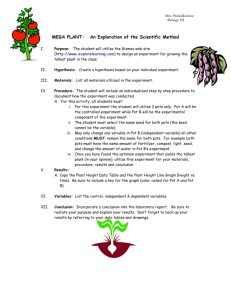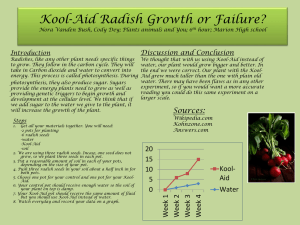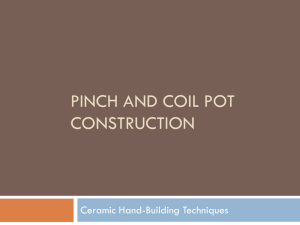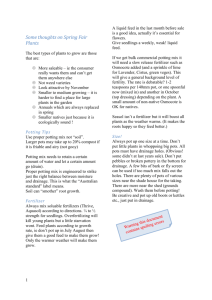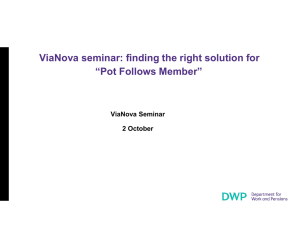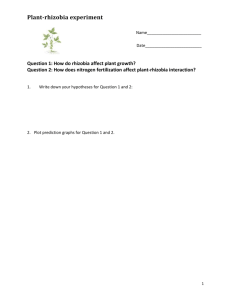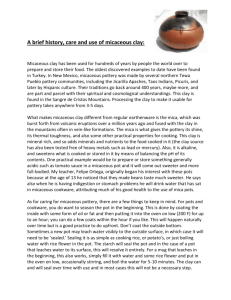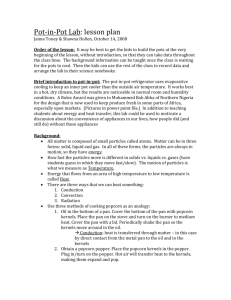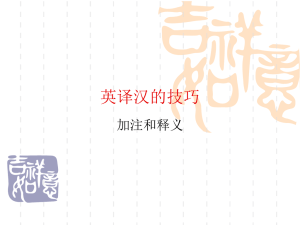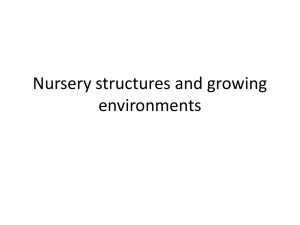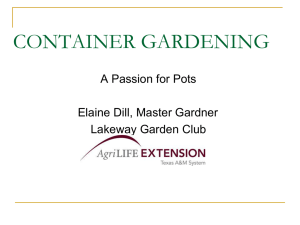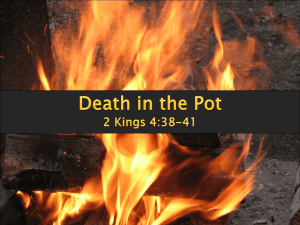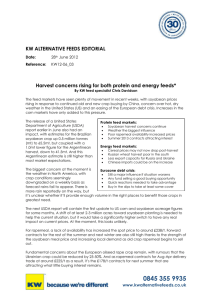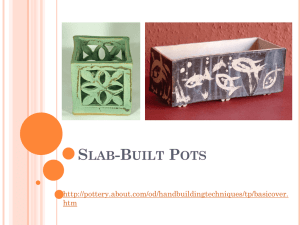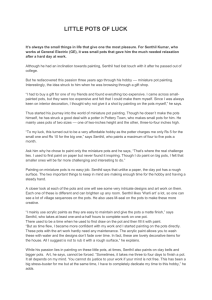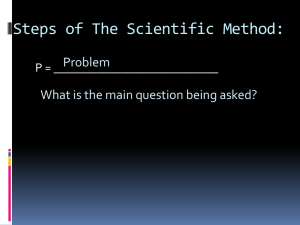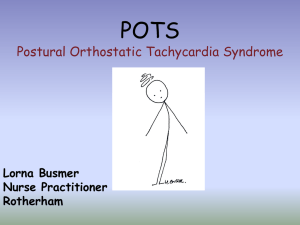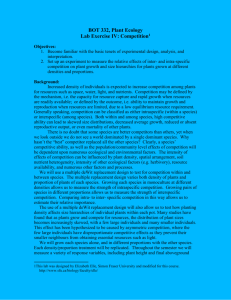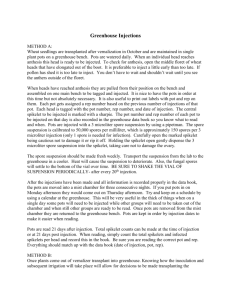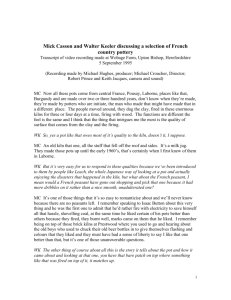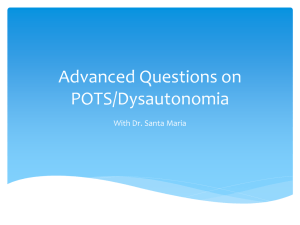Ornamental bedding, Pot plants & Cut flowers 3.16MB
advertisement
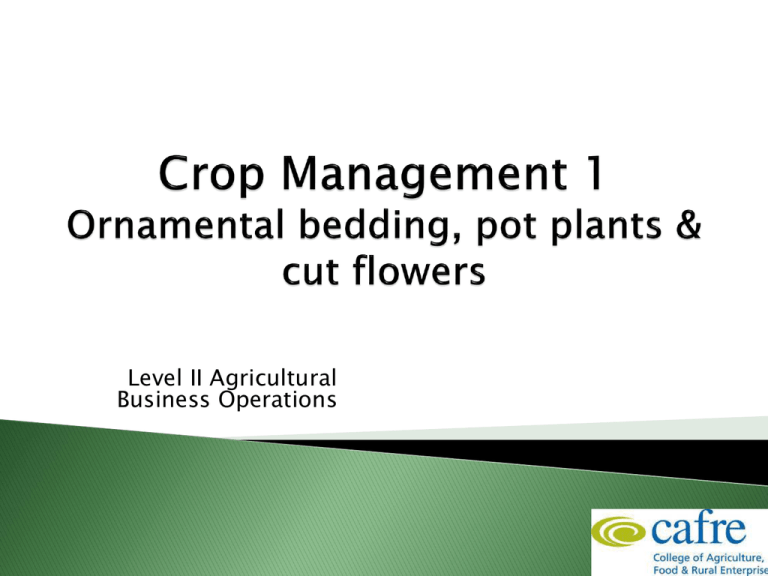
Level II Agricultural Business Operations Selection Scheduling Management Tasks Harvesting – post harvest Marketing Performance Targets Choosing your crop 1. Interest 2. Expertise 3. Labour 4. Equipment / structures Why select? Climate – soil, protected, temperature, light levels. High Input – pest & disease, weed control, fertiliser, heat. Marketability – demand, market, price, production cost, cash flow, harvesting costs. Variety – F1, style, colour. Useful sites: www.ballcolegrave.co.uk www.moleseeds.co.uk www.young-plants.co.uk www.florensis.com www.gasagroup.com Why? Climate (light levels, cooler temperatures) The market (spring, summer, season extension) Spacing requirements Number of crops per house Day to day operations Ordering the plant – seed, plugs (at least 3 months in advance) Planting / potting – labour, time, space, holding Spacing – labour, density (number per m2) Culture notes Nutrient management/Fertiliser /Feeding Moisture content – use of different composts with different AFP pH levels – Why? E.C levels – use of base fertilisers, slow release fertilisers and liquid fertilisers NPK rates at vegetative growth and flowering requirement Growth Regulation Why? Meet specifications Reduce vegetative growth Flower/bract initiation How? Pinching Chemical Light Nutrient Pest & Disease What could effect the crop (harvest intervals) Examples of common pest & diseases Pest & Disease Weed Control In bedding and pot plant production should have no weeds due to Clean compost Clean pots Clean facilities Cut flowers – weed control difficult Chemical soil sterilisation Steam soil sterilisation Mechanical / hand weeding Harvesting Timescale At what stage Specifications Labour required Presentation Orders, labelling & dispatch Post harvest Cooling the crop (removing field heat) Harvest time Cooling facilities Storage Facilities Price Moisture content Duration Storage Dry storage Examples in cut flowers, Lilies, Peony & Hydrangea Storage success depends on; 1. Hygiene 2. Pest & disease free 3. Chemical post harvest treatments Market identification Product specification Quality/Price Minimum price Why measure crop performance? See what's happening Compare crop types/enterprises Improve Assess profitability Bedding, pot plant & cut flowers Number of plants per m2 Input cost per m2 ◦ Labour ◦ Materials ◦ Overheads Output How much achieved per plant /stem per m2 Target spacing Cut Flower crops Scented stock – 64 plants per m2 Antirrhinum – 64 plants per m2 Dianthus – 56 plants per m2 Alstromeria – 9 plants per m2 Delphinium – 24 plants per m2 (some plants may produce at least 3 stems per plant) Target spacing Pot plants / nursery stock 9cm pots – 18 per tray x 4 trays =72 10.5cm pots – 15 per tray x 4 trays =60 13cm pots – 40/50 1 litre pots – 40/50 2 litre pots – 20/25 Crop Commodity Pot size Planting density/ m2 Financial Out put Percentage marketable Gross margin per pot/stem Pot plant Poinsettia 13cm 10 95% £0.50 Cut Flower Lily 16 per crate 64 99% £0.14 Nursery Stock shrub 2 litre 20 95% £1.00 Percentage wastage Why included? Examples: Protected pot plants – 10% Field Vegetables – 25% Nursery Stock – 10%
